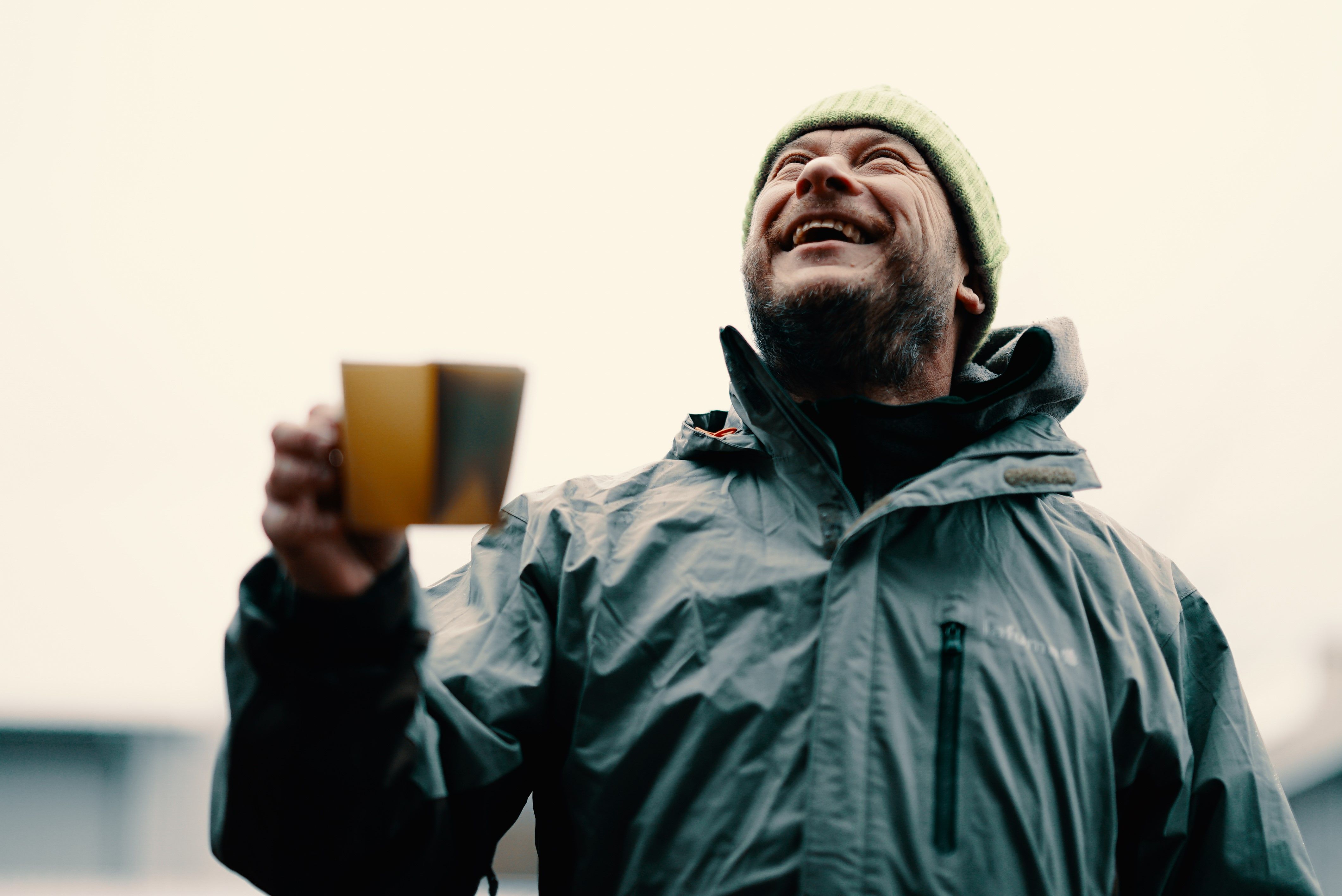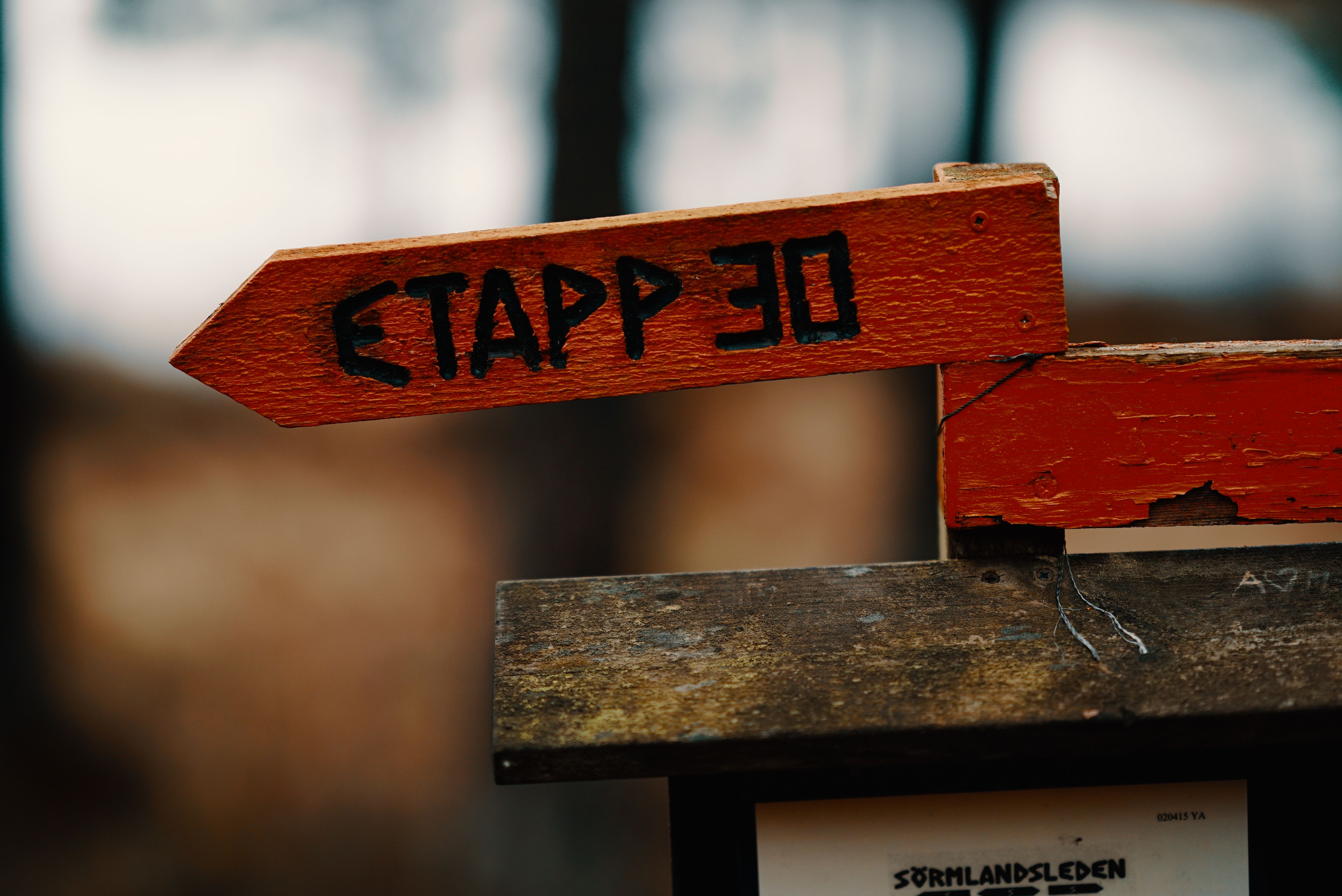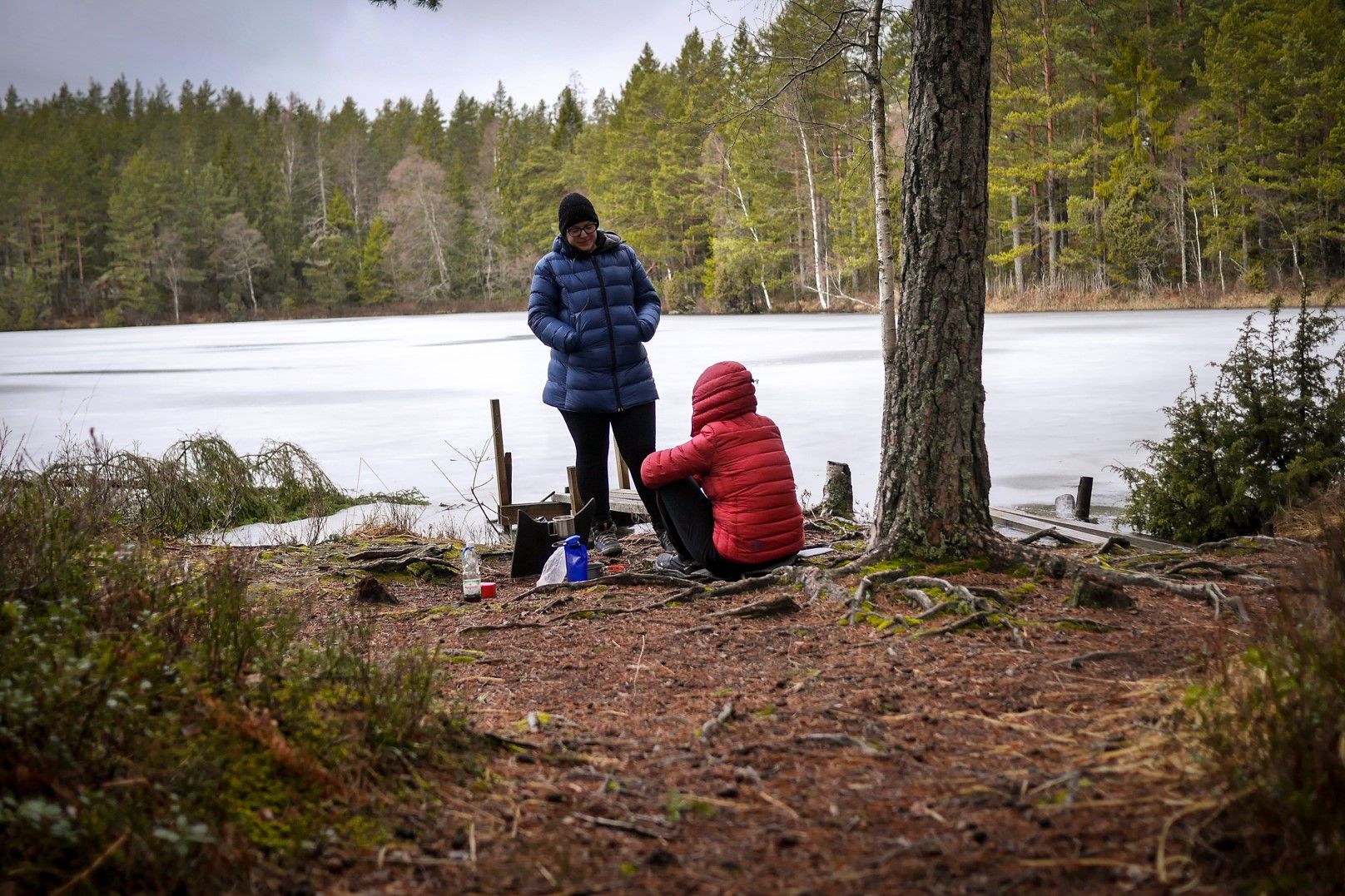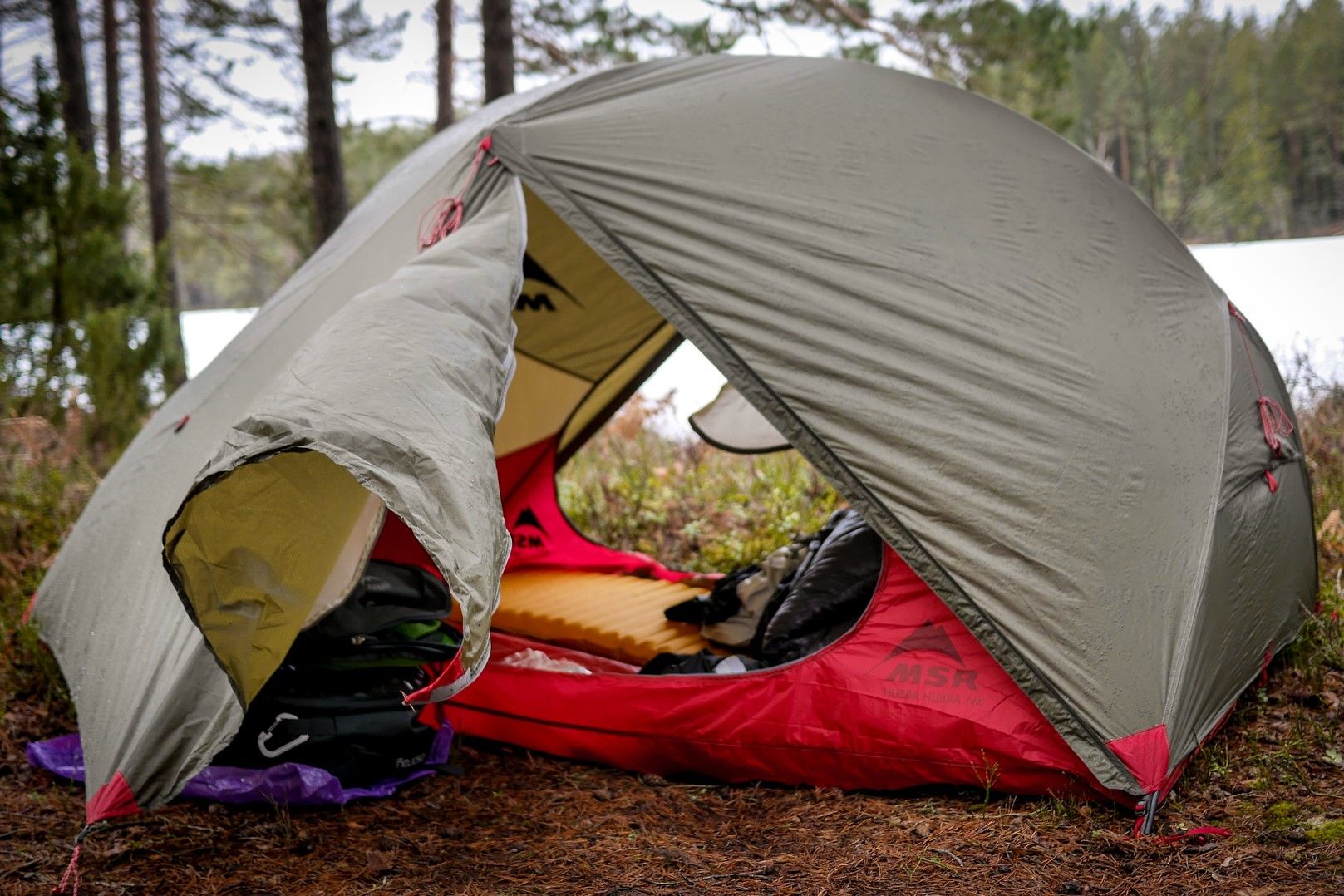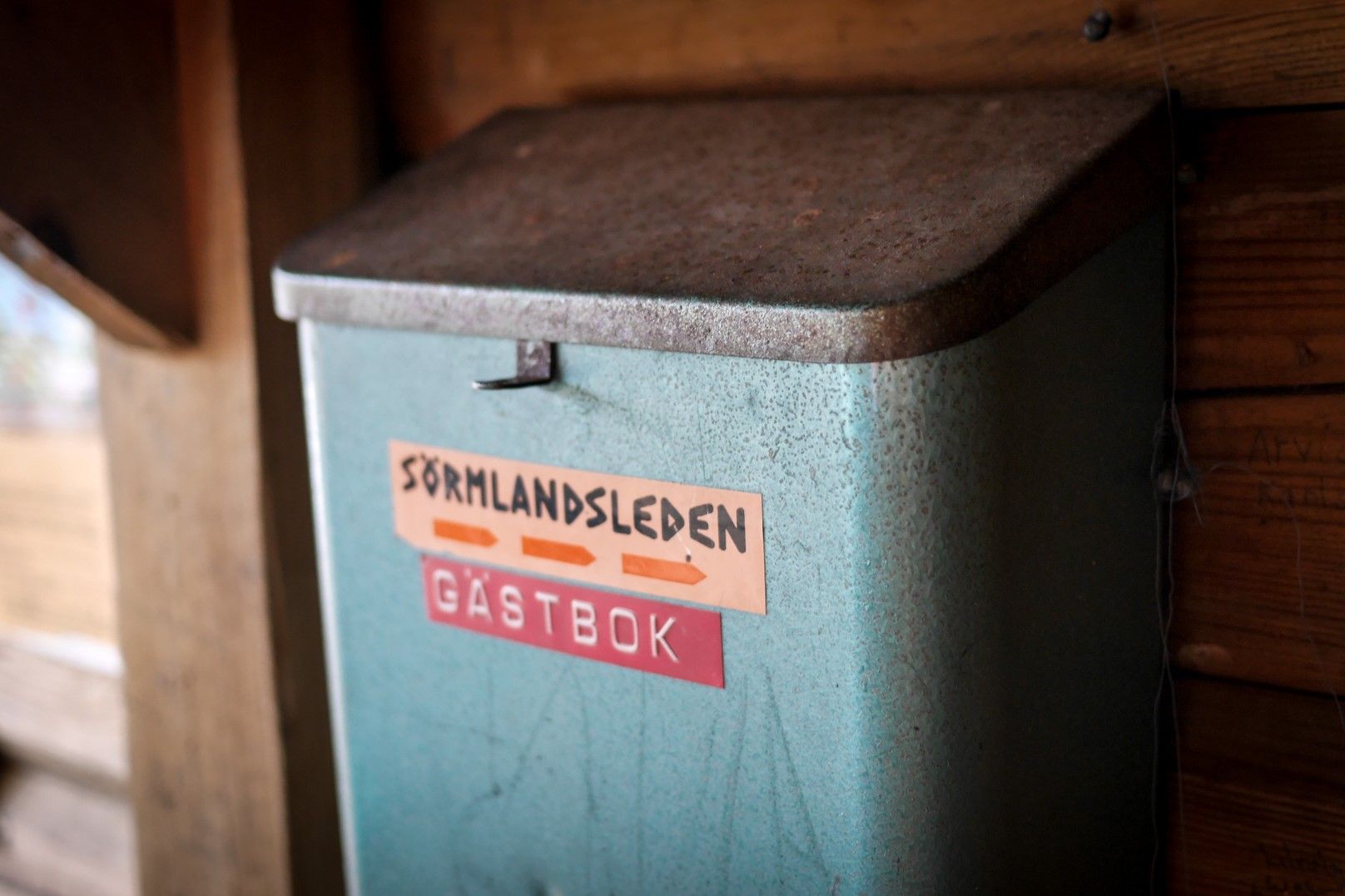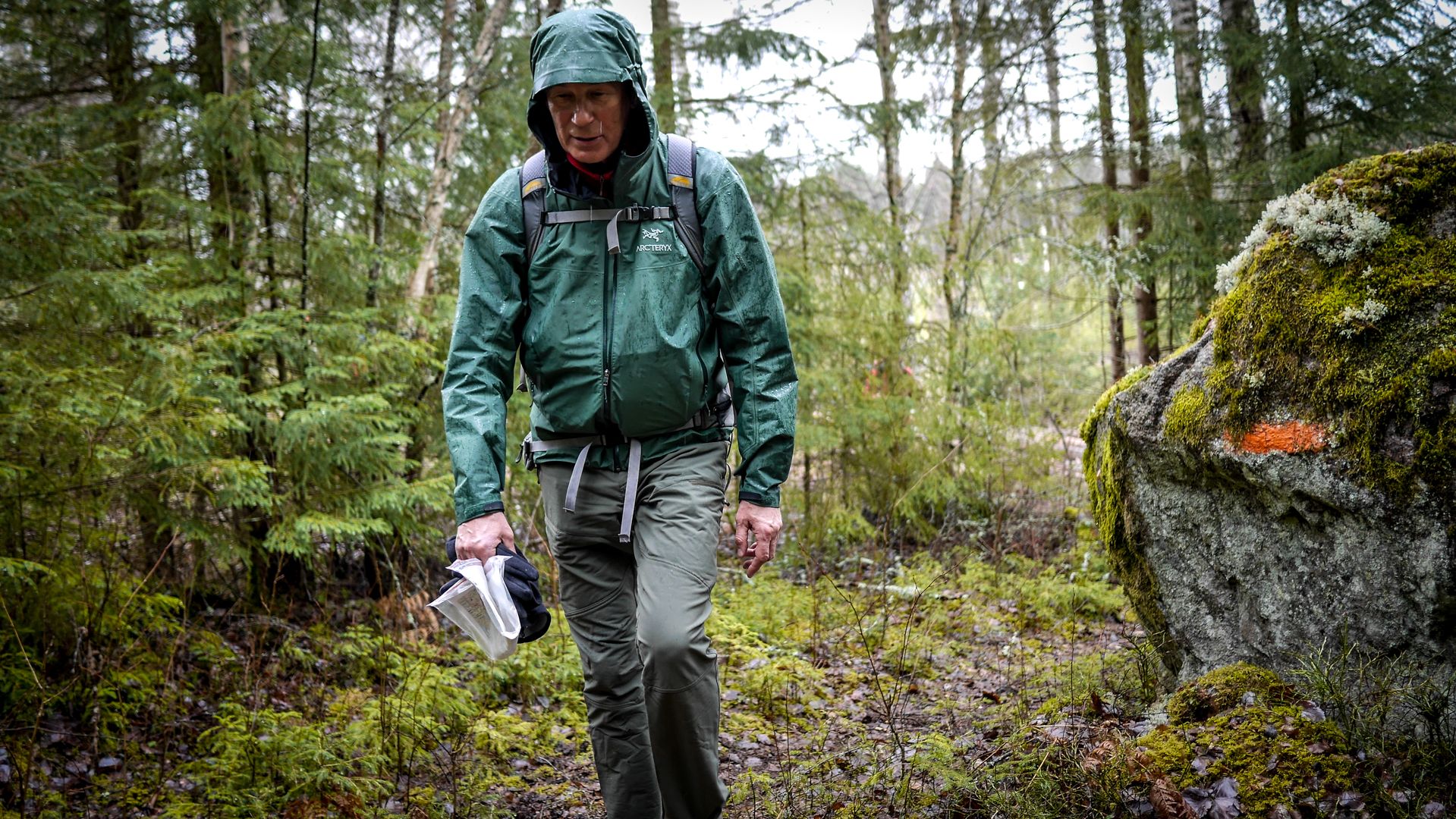
On the Sörmlandsleden trail
For us, March is a month of winter camping trips! Last year we visited Finland and this time, more than a dozen people from our team participated in a three-day trekking trip in the vast Swedish forests. During the trip, we went through several stages of the picturesque Sörmlandsleden trail. The varied terrain that we encountered along the route was another pleasant surprise for us. We travelled through boggy forests, around beautiful lakes, and on mountain trails, on which we had to be really careful due to snow. The weather turned out to be equally variable - we did march in the rain during the day, warm up by a bonfire in the evening, and finally be awakened by snowfall in the morning.

Temperature: Day 4⁰C/Night -1⁰C
Weather: Mostly cloudy, light rain, at night snow with rain.
The very high humidity and rainfall caused the perceived temperature to be several degrees lower. These type of conditions had one undeniable advantage - we were able to not only properly check our currently available products, but also those that will be made available soon.
Stay tuned for the results of our test!
WOULD YOU LIKE TO SEE THE CONCLUSIONS OF OUR TEST?
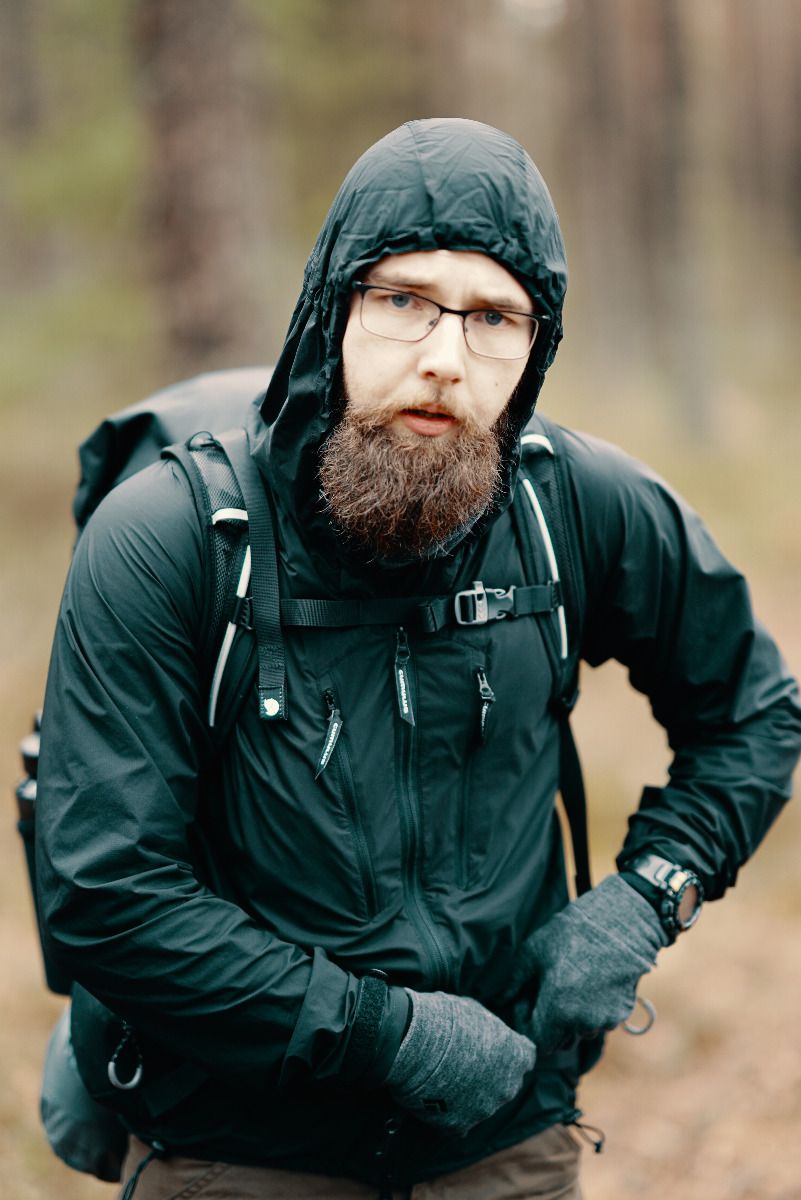
Tomasz Szauer Production Coordinator
1. What did you like about the trip?
The temperamental weather, diverse terrain, the well-prepared camp infrastructure and the well-marked trail - as well as the fact that accurate maps were available.
2. What kind of a sleeping bag did you take?
X-Lite 400, without hood, filled with 850 cuin down and made from Toray fabric. I managed to successfully avoid having to use a sleeping bag with a hood simply by wearing a hooded sweatshirt and it worked out great. Thanks to this, the whole sleeping bag weighed merely 600g! Reducing the weight of one of the heaviest items in our backpack significantly improves the comfort of travel. When choosing a place to stay during the night, I opted for an already existing camp infrastructure and would spend the night in a shelter. That way, I did not have to set up and then disassemble a soaking wet tent or worry about problems like condensation.
3. What equipment worked well?
Our new upcoming windbreaker with hood, without a doubt. I use it myself and have tested it in various different conditions. A hoodless sleeping bag also worked quite well when sleeping in a shelter.
4. What should we pay special attention to?
Before embarking on such a trip, it is necessary to regularly check the weather forecast and check just how much snow is lingering in the areas that we want to visit. In addition, we should also take into consideration the physical fitness of each member of our group as well as prepare a “plan B” in regard to our route, which may need to be shortened in case of an injury.
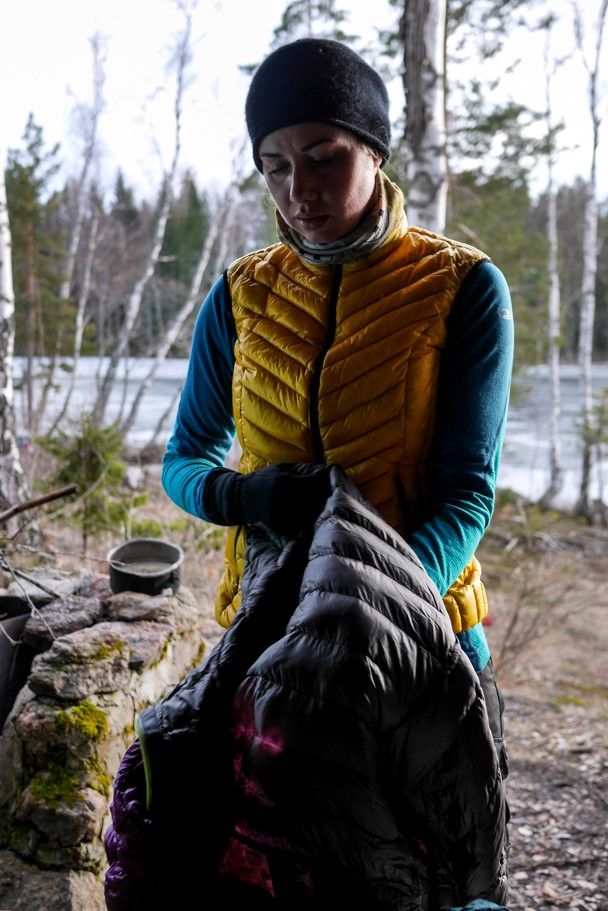
Anna Wylężek Communication Officer
1. What did you like about the trip?
A beautiful route which led mainly through forests as well as lakeside camping areas. The well-prepared and well-maintained camping infrastructure makes you want to return there!
2. What kind of a sleeping bag did you take?
A modified version of the Panyam 450 sleeping bag, filled with 500 grams of 850 cuin down. It usually does not take much for me to feel freezing cold, so when the temperature goes below zero, I also wear a down jacket and merino thermal leggings.
3. What equipment worked well?
Taking our Basic Down Lady Pants with me was a great choice. They served as an additional warming layer during the evenings and nights, when the temperature dropped even lower than we expected. They only weigh 185 g, so taking them has a really small impact on the overall weight of our backpack.
4. What should we pay special attention to?
It is necessary to wear good boots. Unfortunately, mine got soaked rather quickly during the trip. The route we took is very diverse and parts of it lead through a rather rocky terrain, where it is very easy to slip. During our entire trip we only met one person on the trail, so getting help in such a situation could be a real challenge.

Rafał Buczek Product Manager
1. What did you like about the trip?
I have been admiring the wildness and beauty of the Swedish lakes for several years now. When camping by the water, I have the impression that I am at least 50 km away from any civilised areas, even if the nearest village is just around the corner. Every morning spent in such conditions is quite simply a fairy tale.
2. What kind of a sleeping bag did you take?
I brought with me the prototype of the X-Lite 300 sleeping bag with 300 g of 900 cuin down. This model does not have a zipper and it was made from a secret type of fabric, which is even lighter than Toray Airtastic 19 g! I am in the process of checking the strength and down-proofness of the sleeping bag.
3. What equipment worked well?
I do my best to bring the highest quality photography equipment possible for every trip. This time, however, I had two different lenses with me (which is definitely not an ultralight setup! :) ). I carried the second lens in the Peak Design Range Pouch cover on the hip belt of my backpack. This solution worked great.
4. What should we pay special attention to?
The forecasts warned of humid conditions. And since no backpack is fully waterproof (even if it is, we must open it at some point during the day), it’s a good idea to pack your equipment into watertight bags. The first benefit of this solution is that we can organise the interior of our backpack much better, whereas the second is the fact that we can protect its contents against moisture. This is especially important in the case of a sleeping bag and a down jacket.










